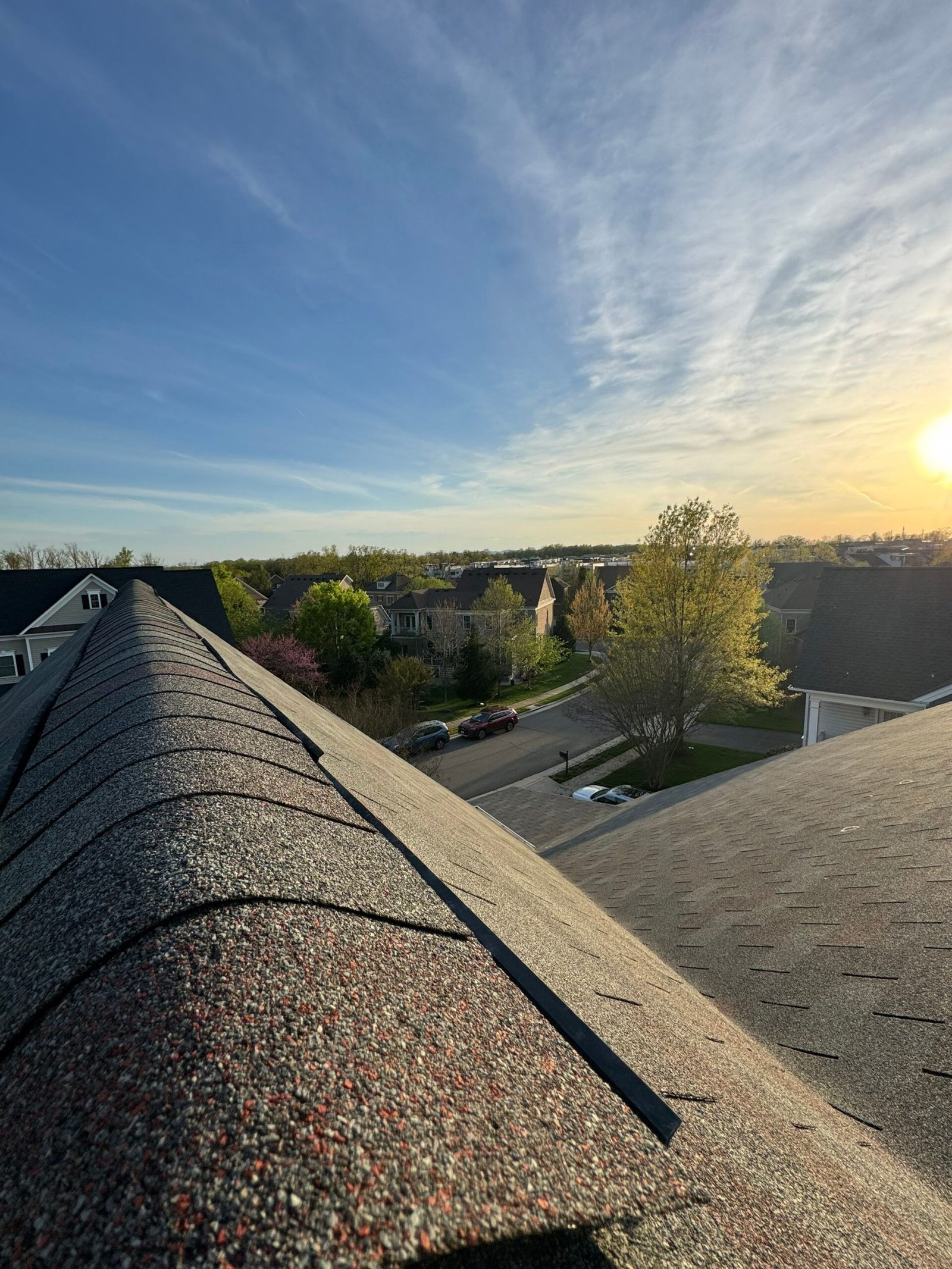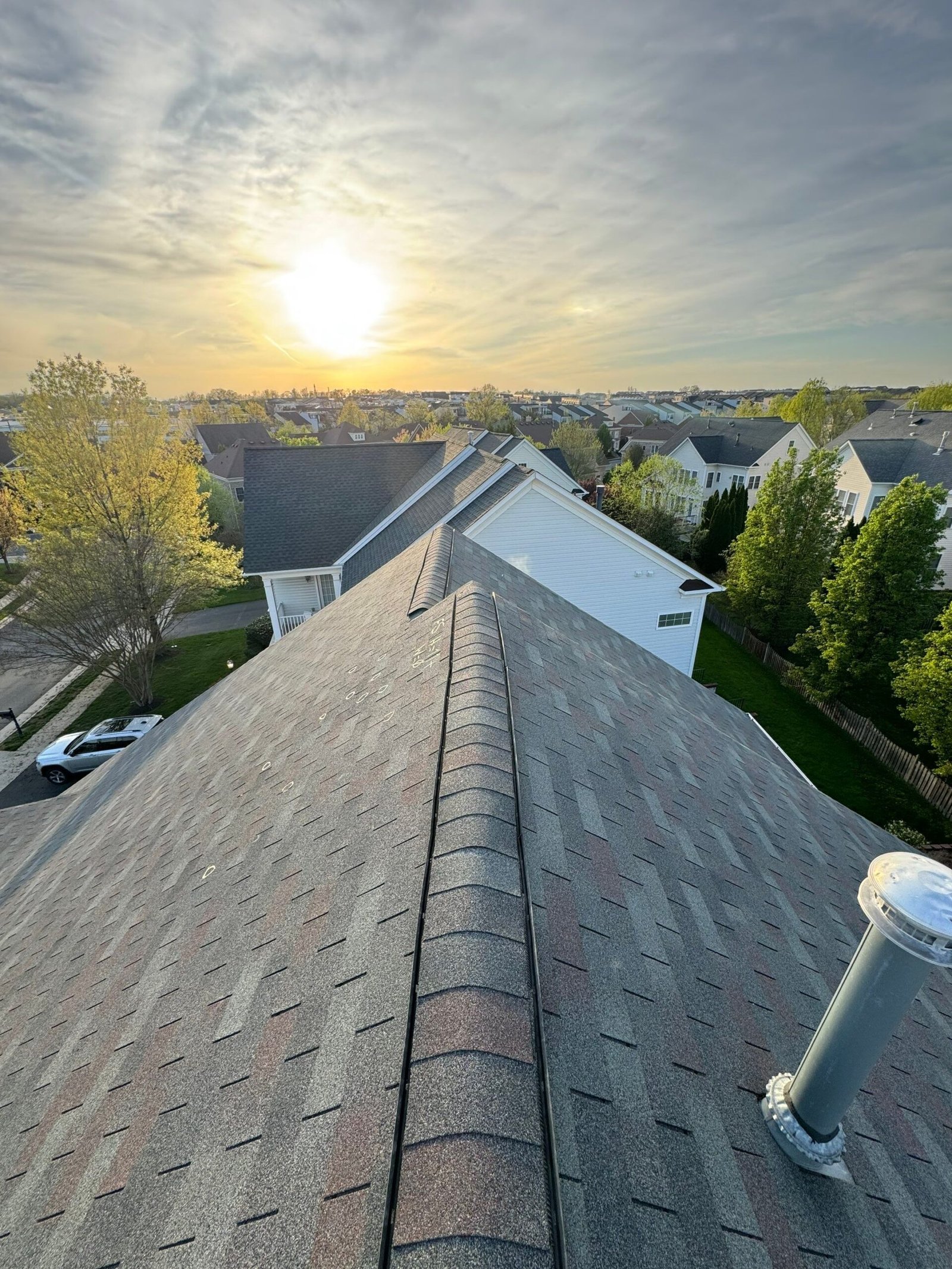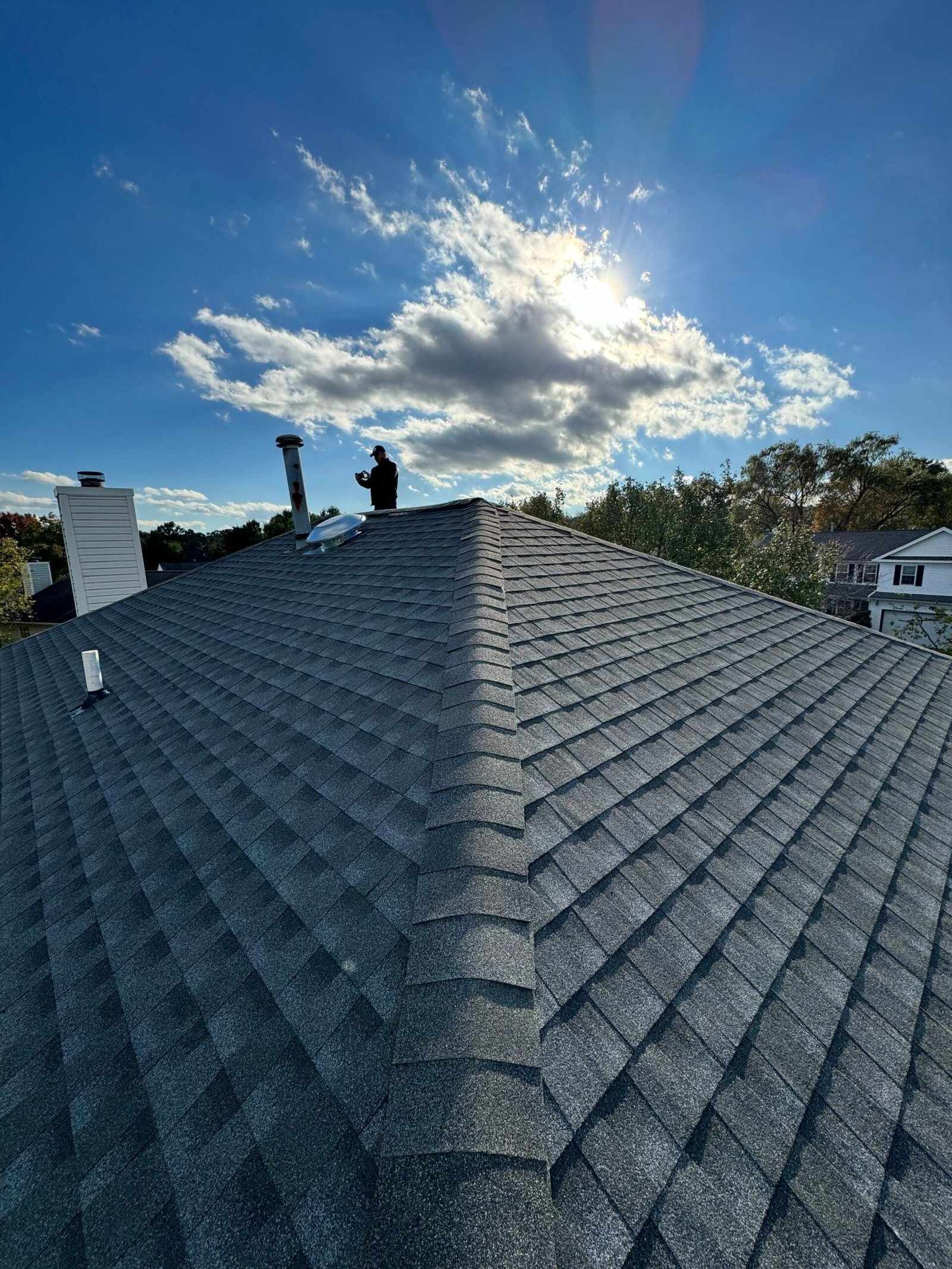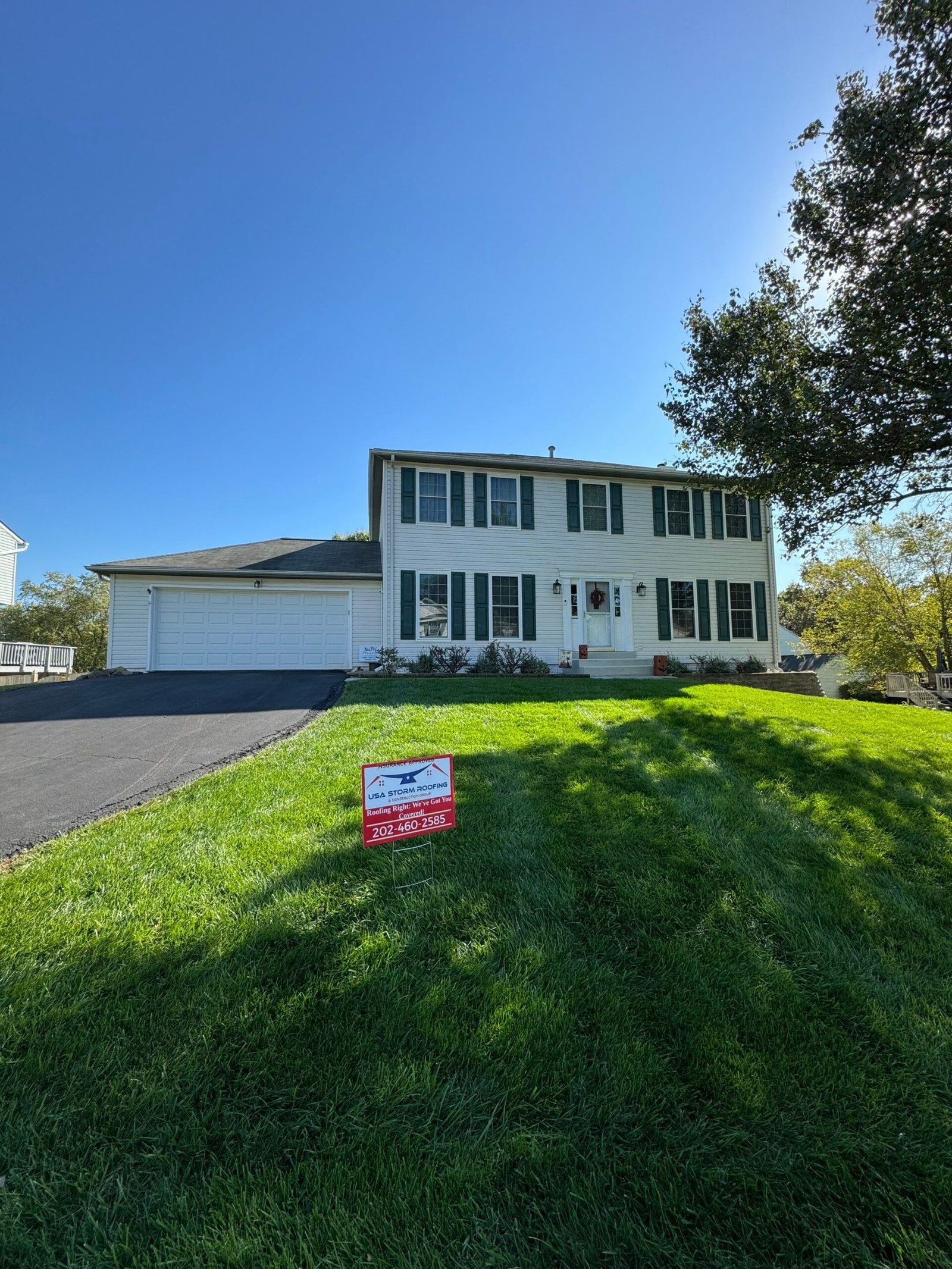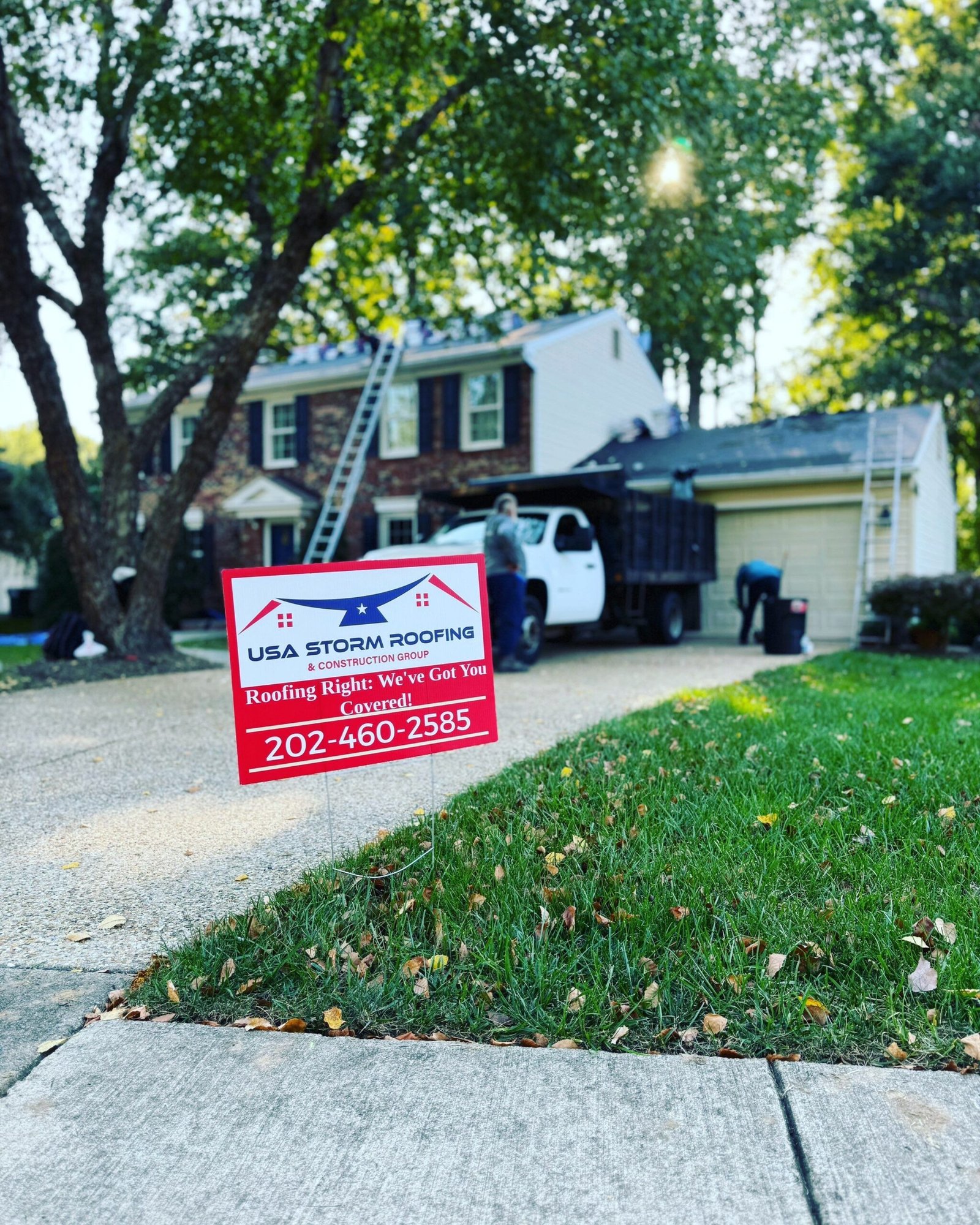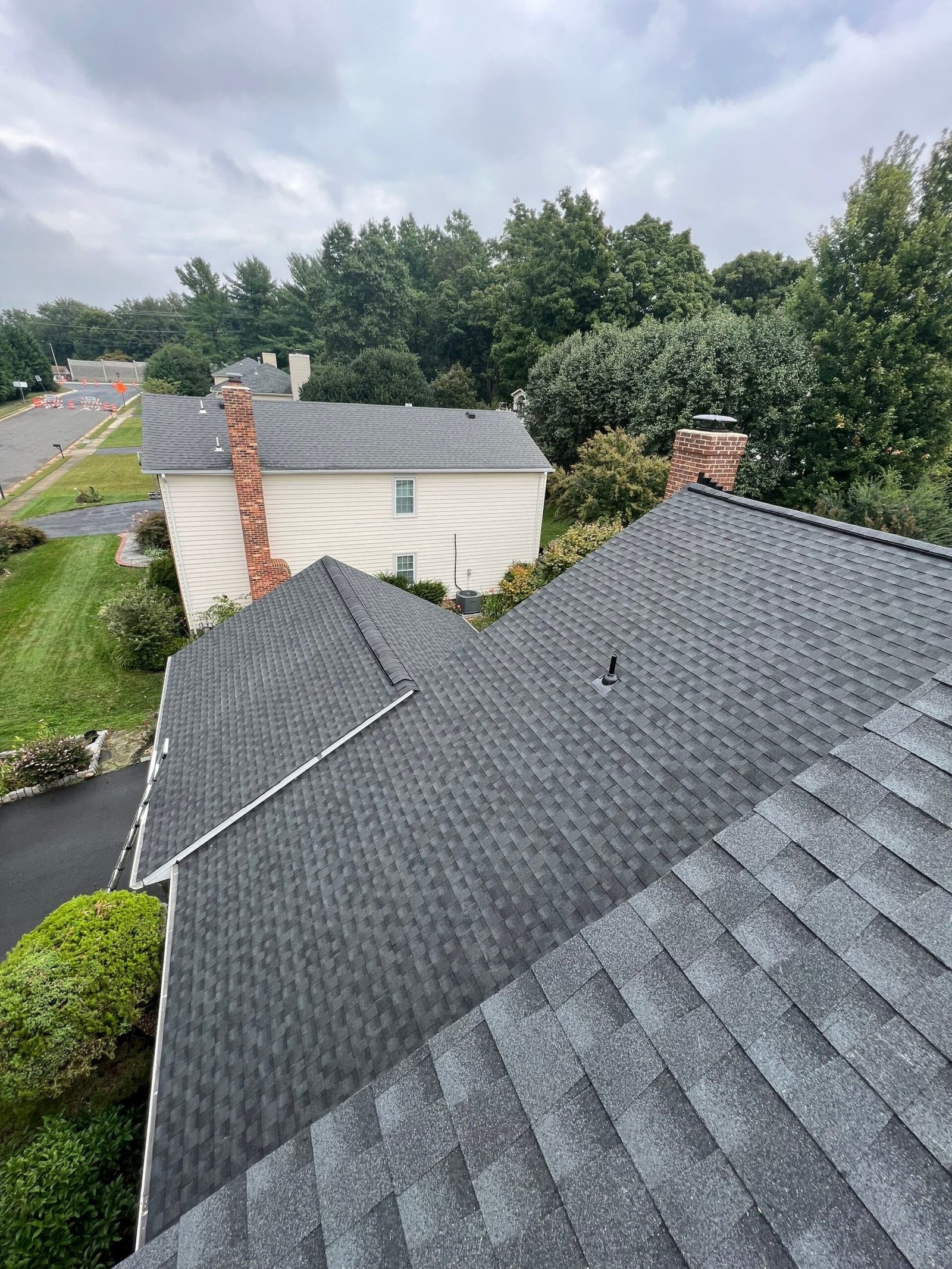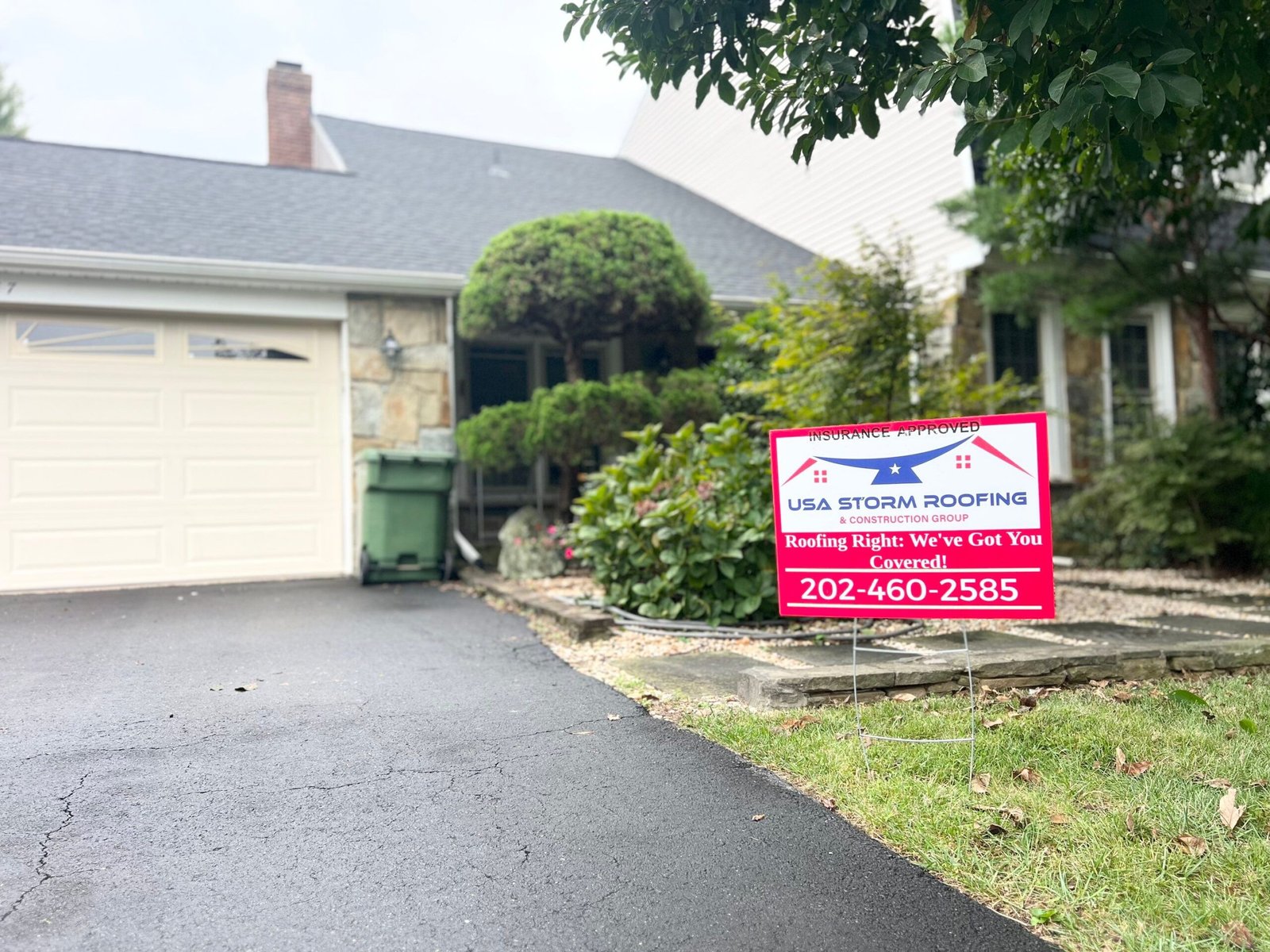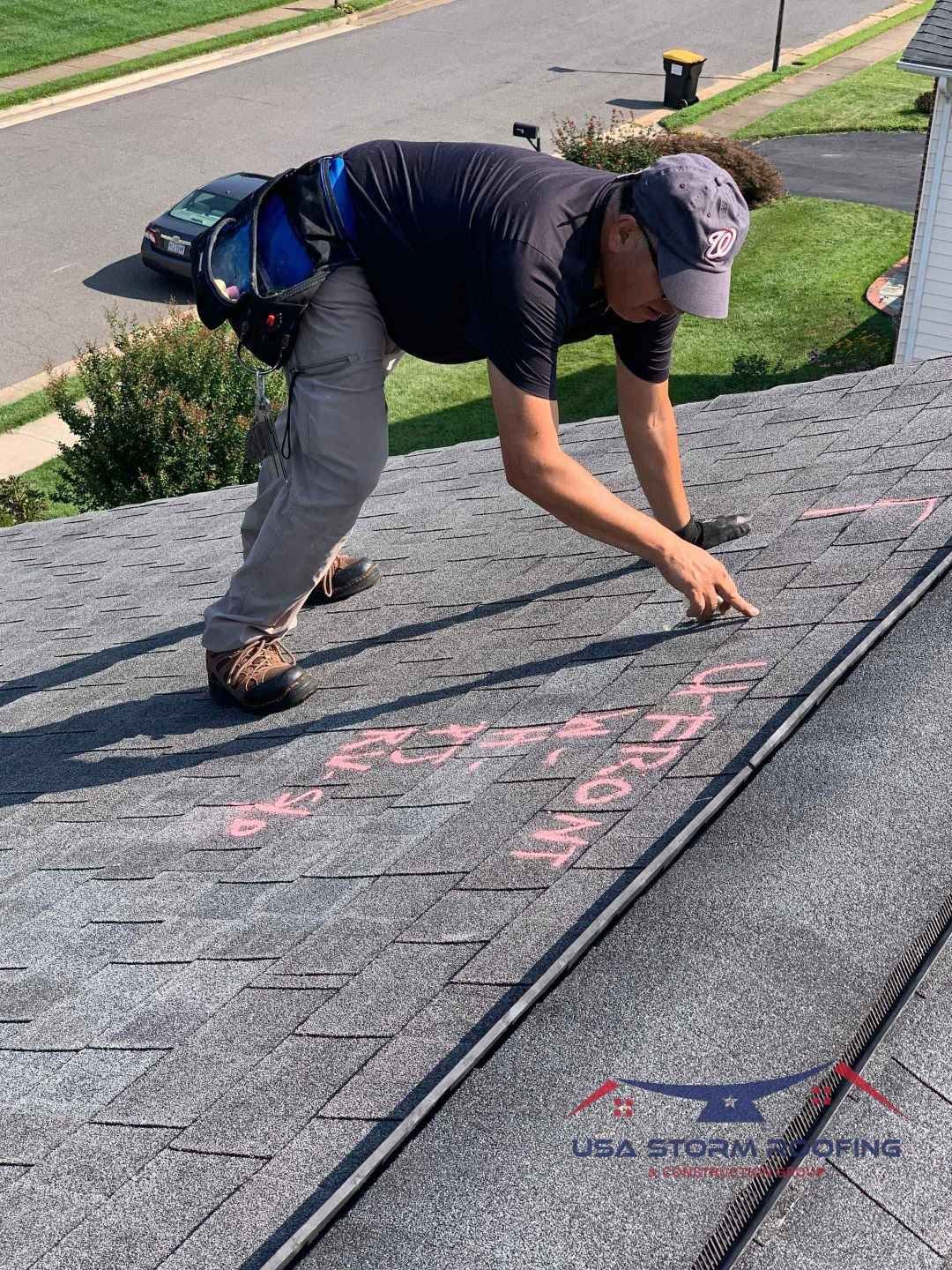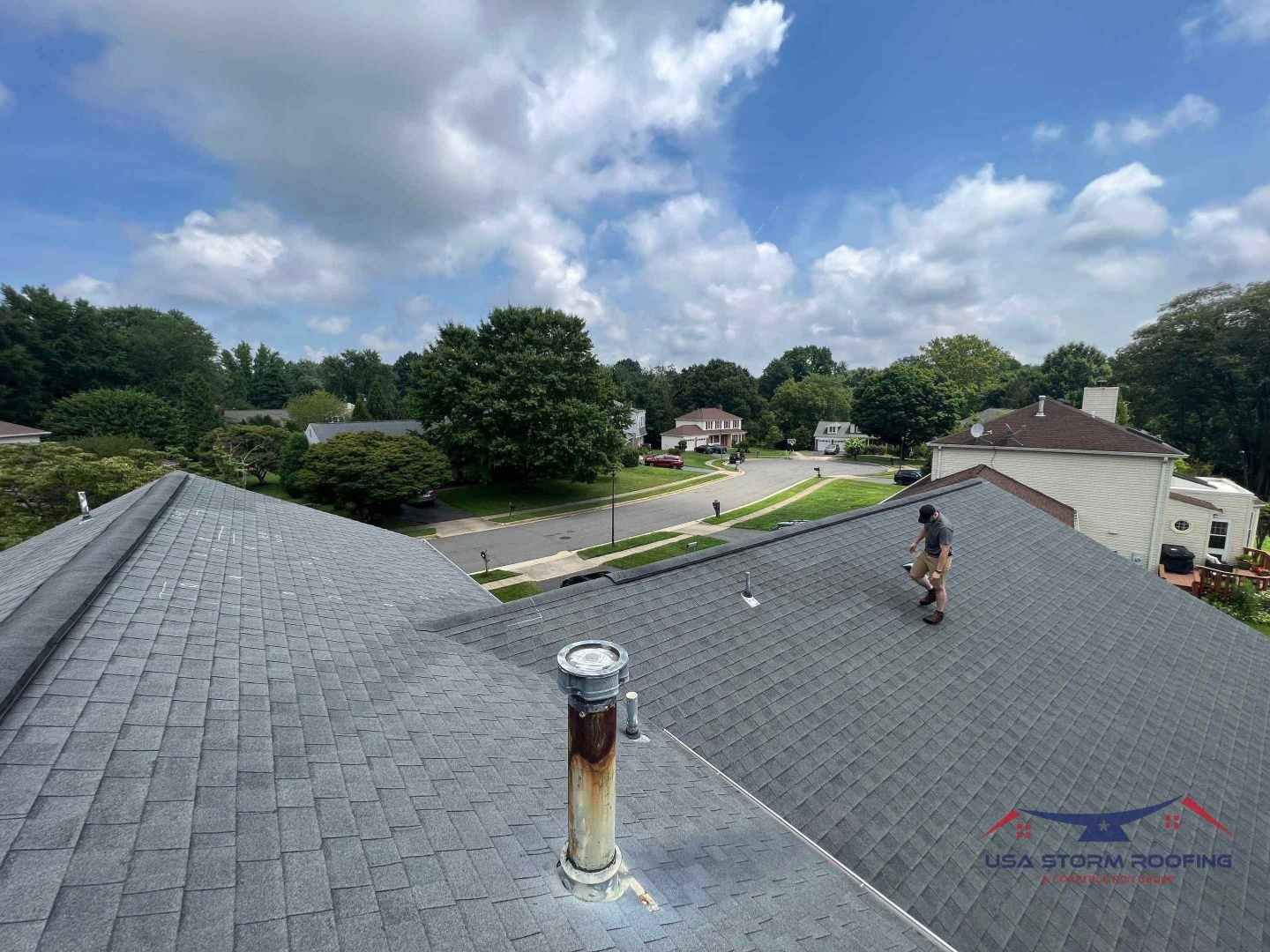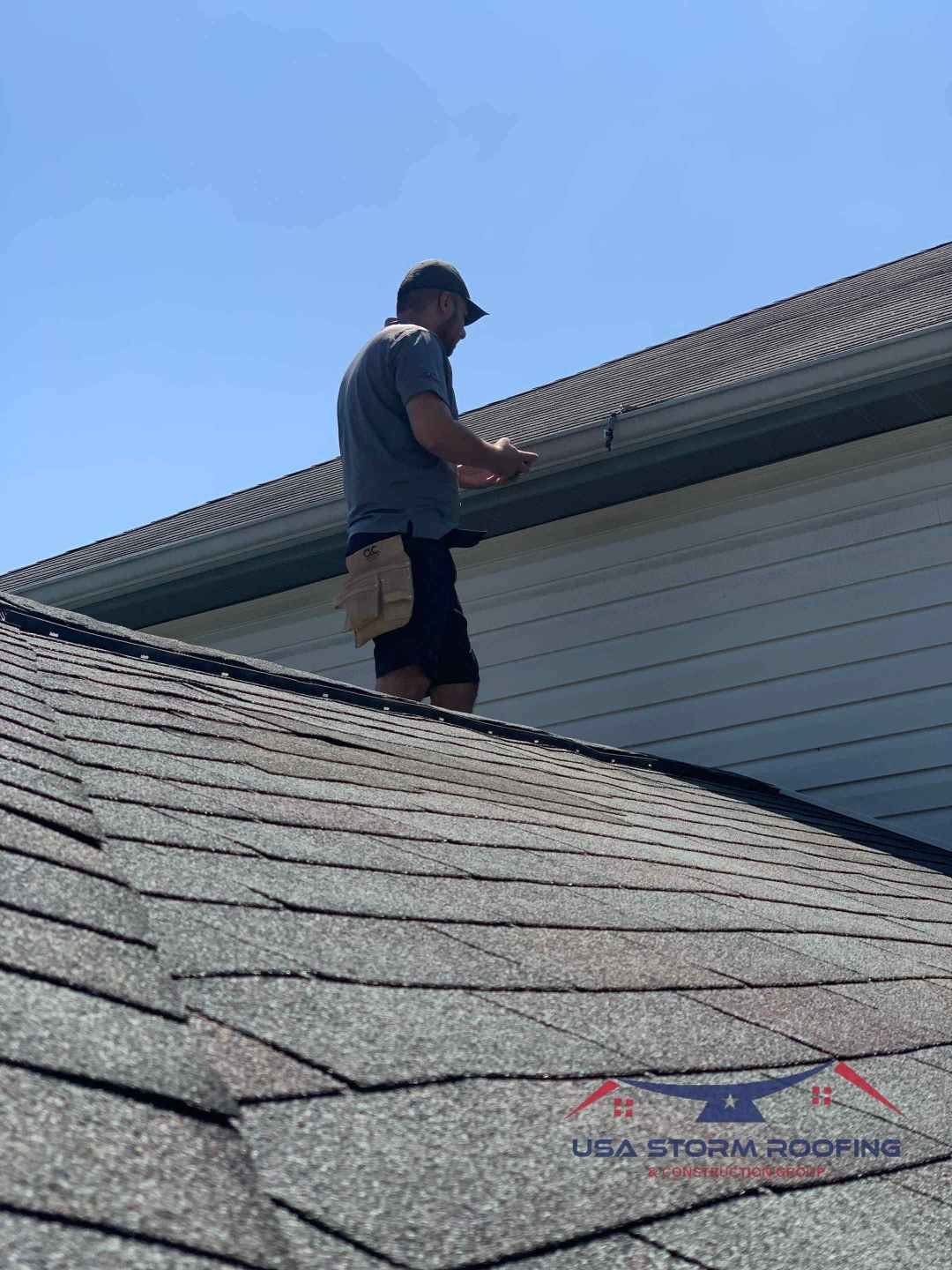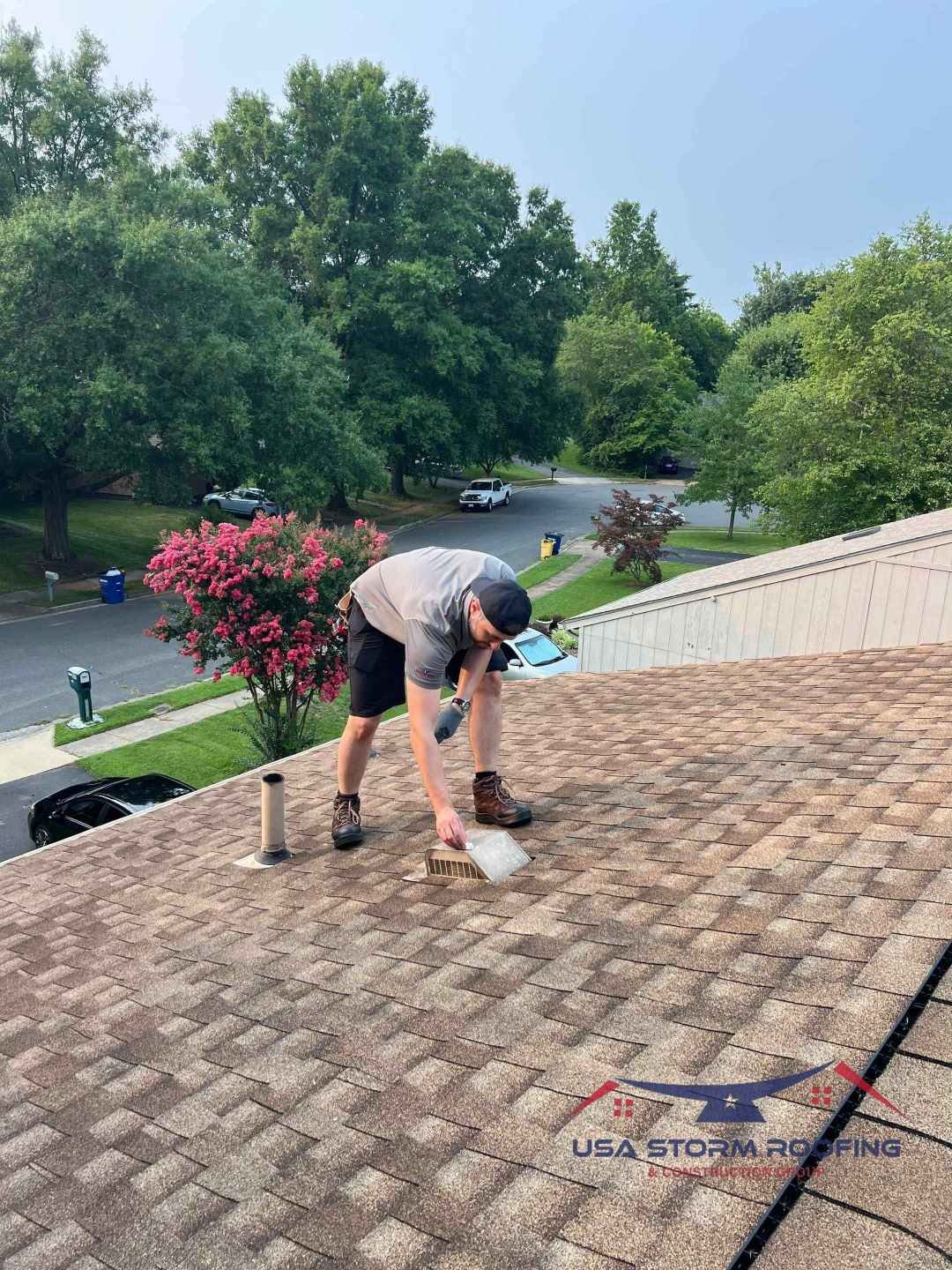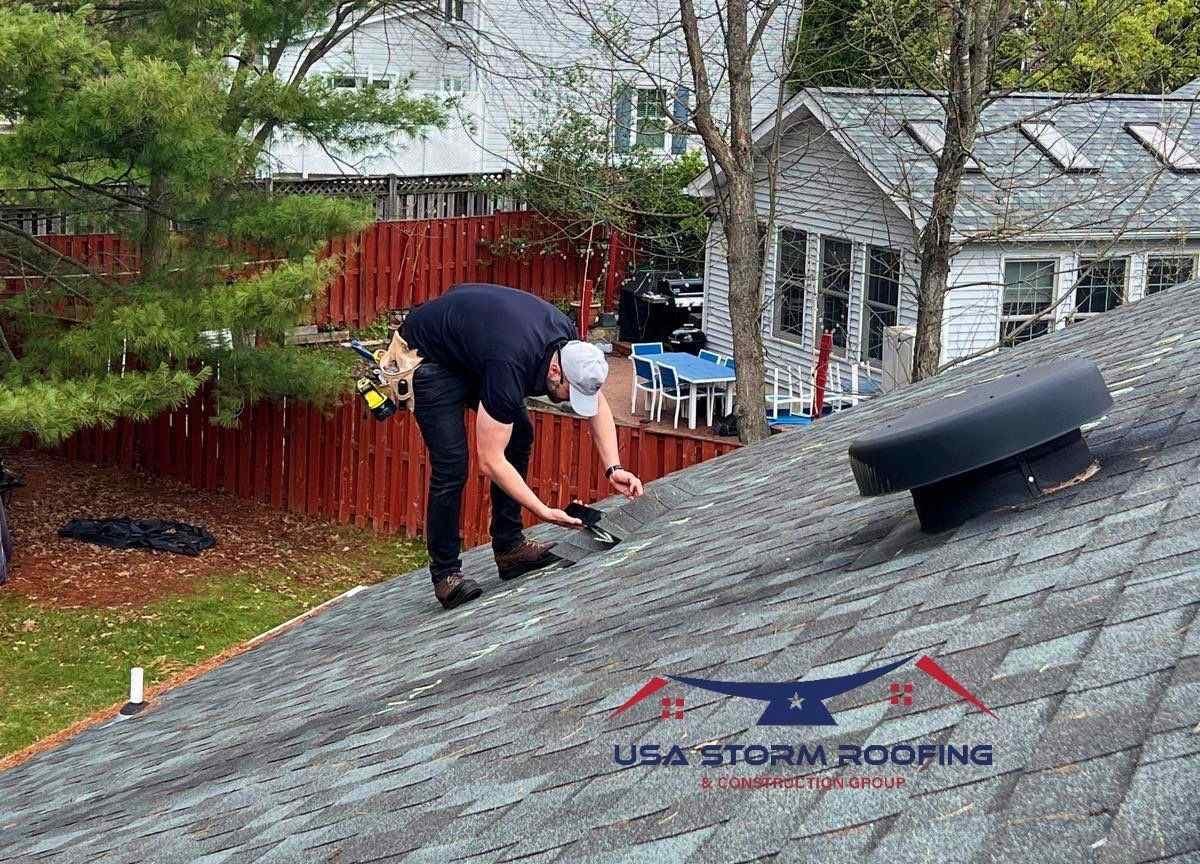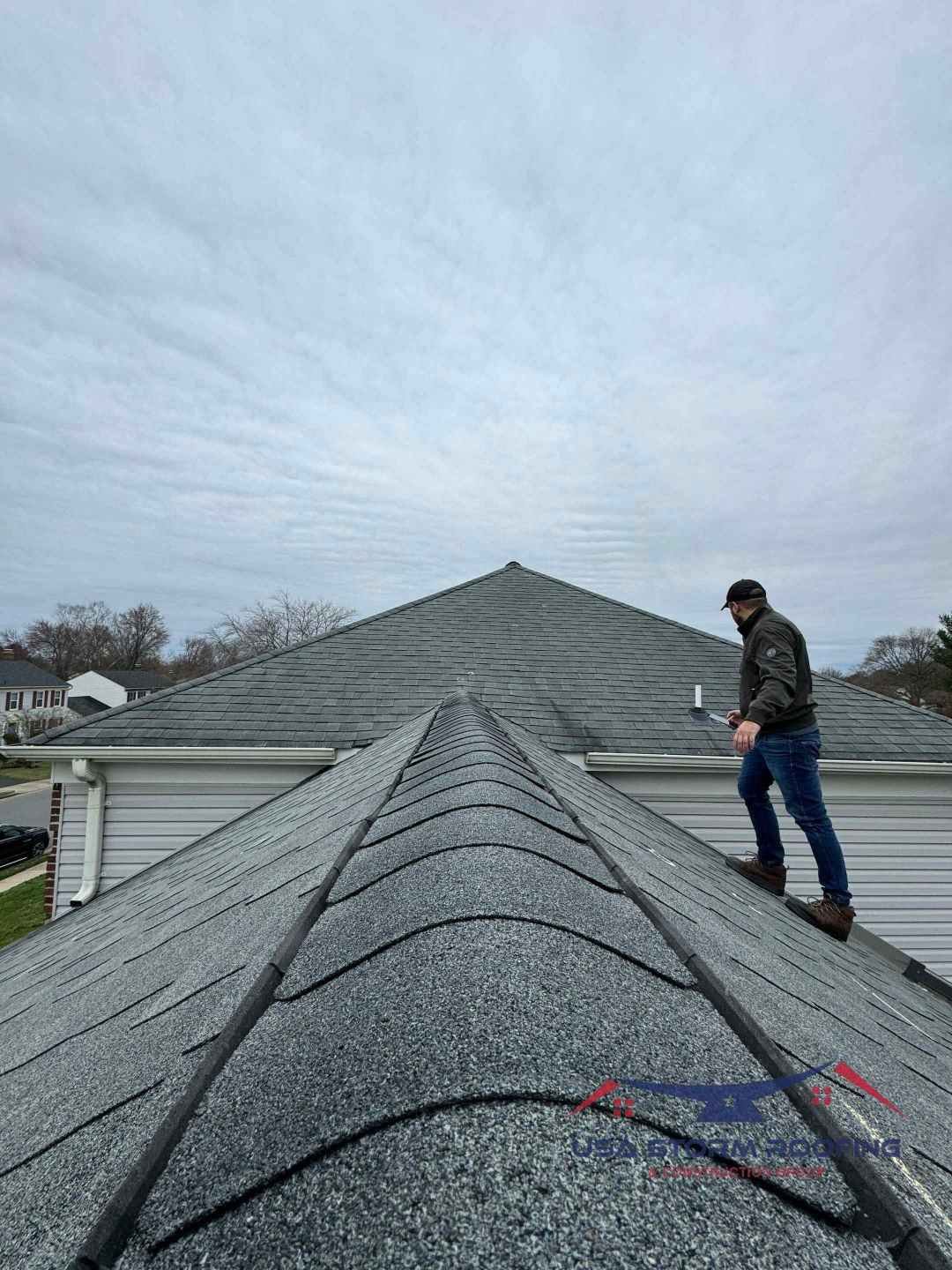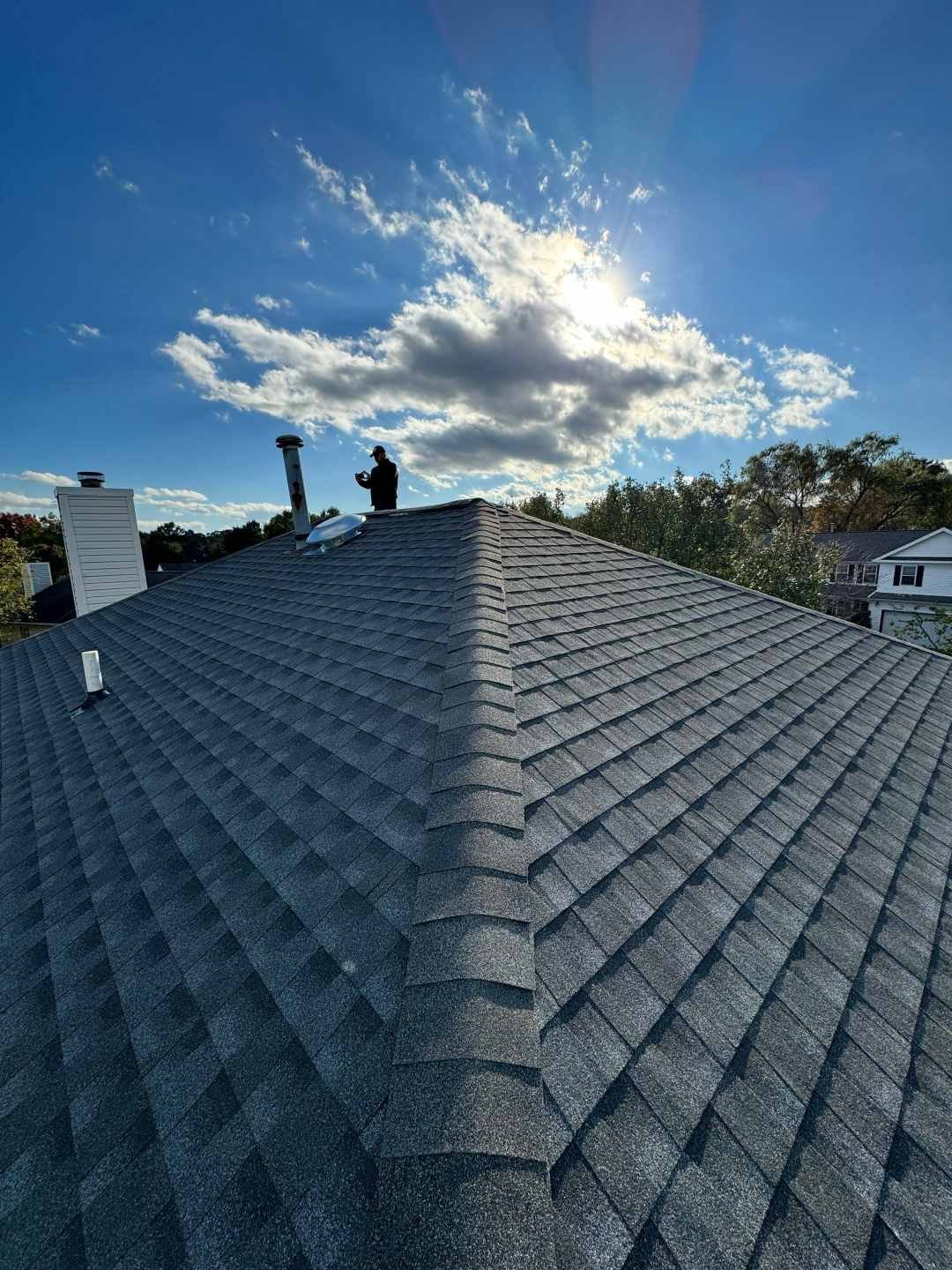5 Signs It's Time to Replace Your Home's Siding
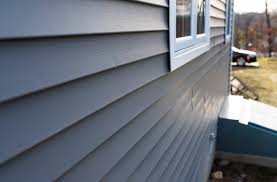
When it comes to maintaining your home’s exterior, the siding plays a crucial role not only in curb appeal but also in protecting your structure from the elements. Over time, all siding materials can show signs of wear and tear, and knowing when to replace them is key to keeping your home in top condition. Here’s a detailed guide from USA Storm Roofing & Construction Group on identifying the right time to replace your siding, ensuring your home remains safe and visually appealing.
Sign #1: Noticeable Warping or Buckling
What Causes Warping?
Siding warping or buckling is typically caused by improper installation or prolonged exposure to moisture. This can lead to significant structural issues if not addressed promptly. It’s a clear indication that the siding is no longer performing its protective function effectively.
How to Inspect
Regularly walk around your home and inspect the siding from different angles. Use a flat tool like a level to check for uneven areas. Here’s a simple table to help guide your inspection:
| What to Look For | Potential Issue | Action to Take |
|---|---|---|
| Bowed panels | Possible moisture buildup behind siding | Consult a professional |
| Gaps between panels | Shrinkage or poor installation | Might need replacement |
Sign #2: Increased Heating and Cooling Bills
Understanding the Impact
If your heating and cooling costs are creeping up, it could be due to deteriorating siding allowing air to escape. Good siding acts as insulation — when it fails, your HVAC system has to work harder, thus increasing your bills.
Check Your Insulation
Before deciding on siding replacement, check other potential culprits like windows, doors, and roofing. If these are all in good condition, your siding is likely the problem. It’s advisable to consult with a professional who can perform a more thorough energy audit.
Sign #3: Frequent Need for Painting
How Often Should You Paint?
If you find yourself needing to repaint your siding more frequently than every 5 to 10 years, the material may be deteriorating. Quality siding should retain its shape and color for at least this long.
Paint Peeling and Chipping
Examine the quality of the paint job. Peeling, cracking, or chipping paint is a sign of underlying issues with the siding itself:
| Painting Frequency | Likely Condition of Siding |
|---|---|
| Every 3-4 years | Siding may be absorbing moisture |
| Every 5-6 years | Check for other signs of deterioration |
Sign #4: Mold, Mildew, or Fungus Growth
Recognizing Growth
The presence of mold, mildew, or fungus on your siding, especially at or near seams, may indicate that water is penetrating and being held inside your siding. This can lead to serious damage over time.
Health Risks
Besides structural issues, these growths can pose health risks to your family and should be addressed immediately. Here’s what to look for:
| Type of Growth | Suggested Action |
|---|---|
| Mold | Requires immediate removal and inspection |
| Mildew | Clean and monitor the affected area |
Sign #5: Siding Cracks or Gaps
Structural Integrity
Cracks or splits in siding panels can compromise the structural integrity of the siding system, allowing moisture and pests to enter. These should be addressed as soon as they’re noticed.
When to Act
Evaluate the extent of the damage:
| Extent of Damage | Recommended Action |
|---|---|
| Minor cracks | May be repaired if isolated |
| Multiple areas | Replacement is usually the best option |
Conclusion: Protecting Your Home
Professional Consultation
If you notice any of these signs, it’s advisable to consult with a professional siding contractor like USA Storm Roofing & Construction Group. We can provide a comprehensive assessment and recommend the best solutions for your home’s needs.
Future Maintenance
Consider choosing new siding materials that offer longevity, durability, and ease of maintenance. Options like fiber cement or modern vinyl can significantly reduce future repair needs and maintain your home’s aesthetic appeal.
By staying vigilant and responding to these signs promptly, you can protect your home from further damage and maintain its value and safety. Always remember, the right time to act is when you first notice the problem. Delaying can only lead to more complex and costly repairs down the road.

